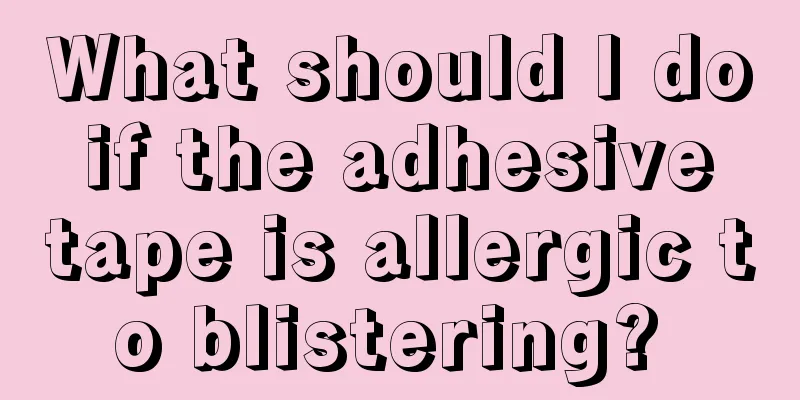What causes stiff leg joints

|
Joint stiffness means that normal joint rotation, flexion and extension functions are restricted to varying degrees, but the function is not completely lost. For example, patients with rheumatoid arthritis have severe deformation of the metacarpophalangeal joints, joint stiffness, weakened finger flexion and extension ability, limited finger range of motion, and reduced grasping function, but the hand function is not completely lost. So what causes joint stiffness? How should it be treated? Causes and common diseases 1. Any cause of joint adhesion is also the cause of joint stiffness Edema, repeated injuries, passive traction, manual release, infection, foreign body stimulation, long-term plaster fixation, improper internal fixation with steel needles, internal fixation with steel plates, surgical trauma, lack of timely treatment after trauma, persistent swelling, and lack of timely exercise after fracture healing can all lead to ankylosis of the joints. 2. Joint diseases All joints with arthritis, especially rheumatic atrophic arthritis, are most likely to become fixed and cause stiffness. Such as joint ankylosis caused by acute suppurative inflammation, rheumatoid arthritis, ankylosing spondylitis, osteoarthritis, suppurative arthritis and bone tuberculosis. examine 1. Check the active and passive range of motion of the joints and record the degree of muscle atrophy and muscle strength. 2. X-ray examination: observe the joint space, articular surface, bone density, and the presence of osteoarthritis lesions such as bone hyperplasia. Differential Diagnosis Need to be differentiated from traumatic joint. Both have limited joint movement. The former has milder pain and more severe joint movement disorder, while the latter has more obvious pain, joint swelling, and milder joint dysfunction. X-ray examination: the former has normal or slightly narrow joint space, while the latter has narrow joint space, rough and uneven joint surface, increased bone density or osteoarthritis lesions such as bone hyperplasia. Treatment principles 1. Mild patients Local massage, physical therapy, external application of Chinese medicine, joint function exercisers and manual release can be used as therapies. Non-surgical therapies are also suitable for those with contraindications to surgery and as auxiliary treatments before and after surgery. 2. Severely ill patients Joint adhesion lysis should be performed. For patients with malformed fracture healing, the deformity should generally be corrected first. Those with local soft tissue defects should also undergo reconstructive surgery. Active and positive joint function exercises should be started as early as possible so that stiff joints can recover their functions as soon as possible. Joint function exercises are very painful, but they are still necessary after joint adhesion lysis surgery. |
<<: What should I do if small blisters appear on the lips?
>>: Why do blisters appear on lips?
Recommend
What to do if you have a migraine and want to vomit
Many people in life have migraine problems, and t...
How to store the pickled eggs if you are afraid of them being too salty
Pickled salted eggs are a common way to eat eggs....
How is prostate cancer caused? What are the health care measures for patients during recovery?
Prostate cancer is a very serious disease for men...
How to relieve pain caused by spasm after bladder cancer surgery
My father had surgery on the 20th of last month, ...
Driving without sunscreen can cause skin cancer. How to protect yourself from the sun and prevent skin cancer in summer
Does having a film on your car windows mean you d...
What are the tips for removing formaldehyde
Newly renovated houses often have formaldehyde re...
Introduction to the complete recipes for osteosarcoma
Nowadays, more and more young people are sufferin...
Can aloe vera gel remove acne?
No matter it is adolescent male or female, as lon...
What to do if toothache medicine doesn't work
Toothache can be said to be a very common discomf...
What should I do if laryngeal cancer occurs
What treatment measures should we take after lary...
What to do if the legs of glasses are broken
Many people who wear glasses have experienced bro...
How to prevent asthma in children
If a child has heavy breathing, often in the midd...
What does a hyperbaric oxygen chamber treat
Nowadays, with the continuous improvement of scie...
Precautions for medication for hamartoma
Many patients with hamartomas do not take the med...
What are the specific methods for distinguishing headaches caused by nasopharyngeal carcinoma?
What are the differences between nasopharyngeal c...









